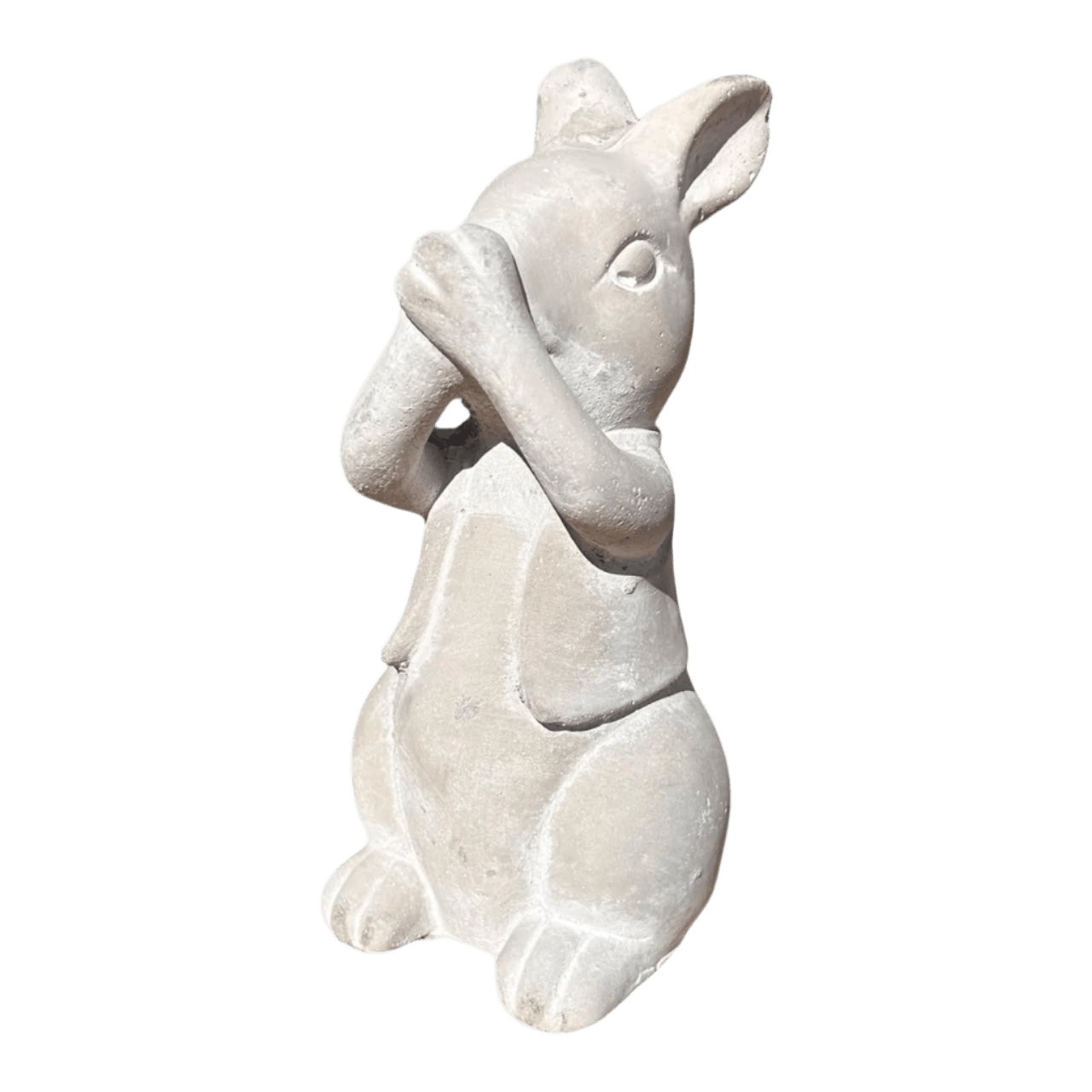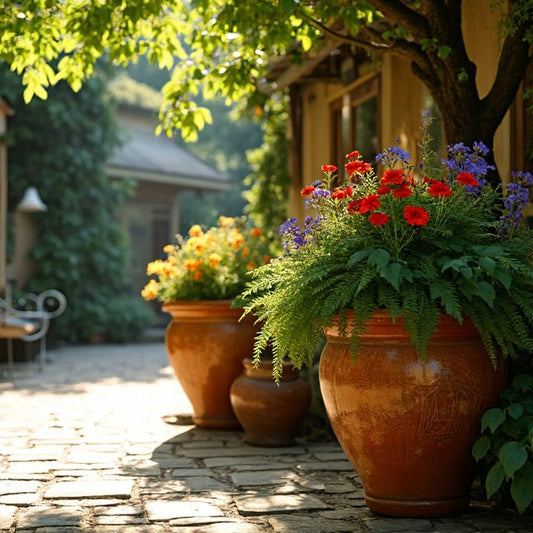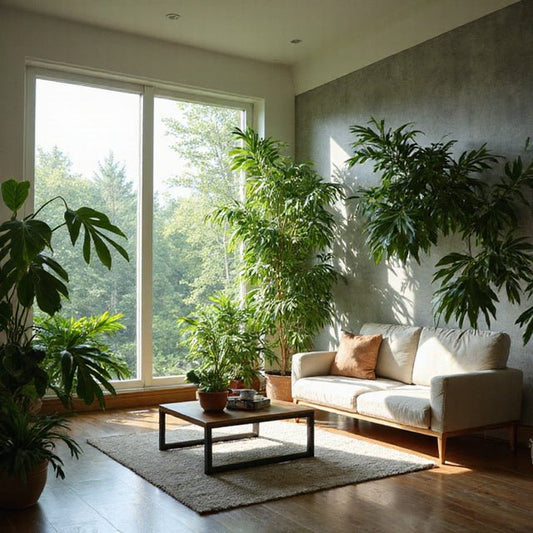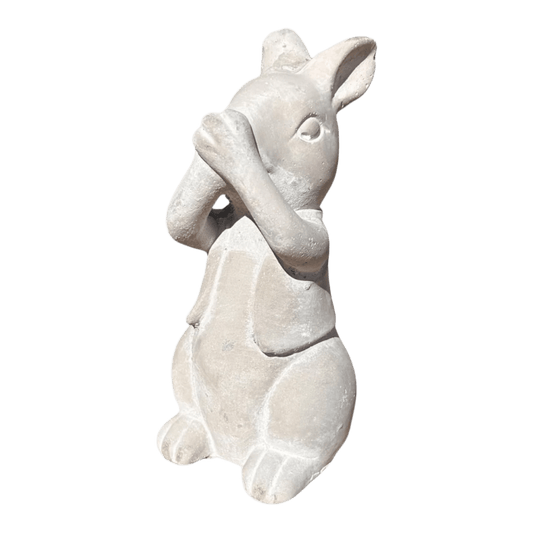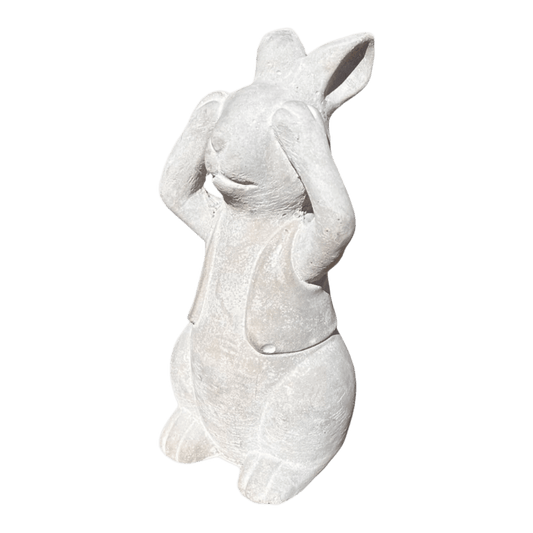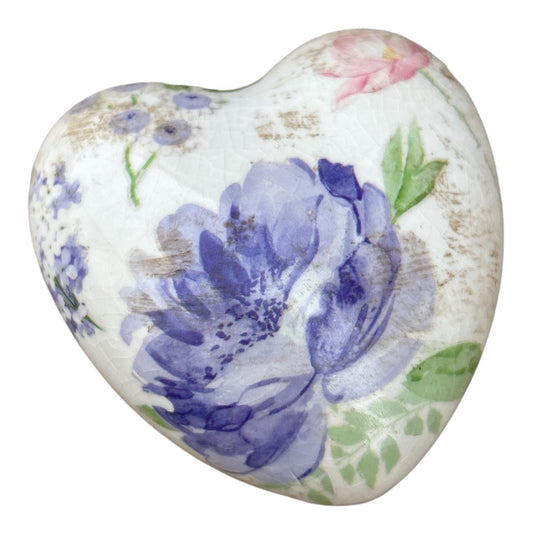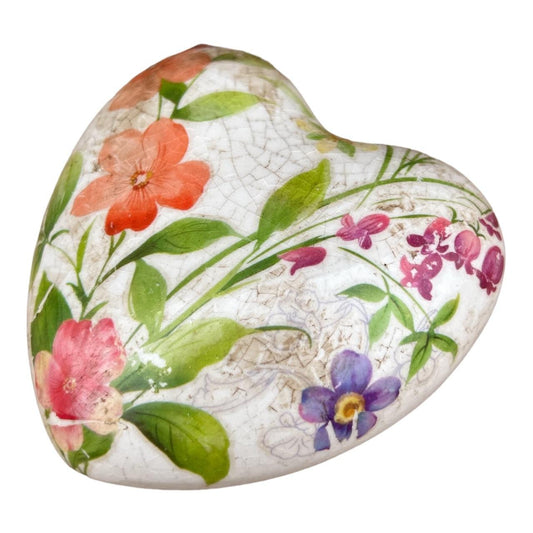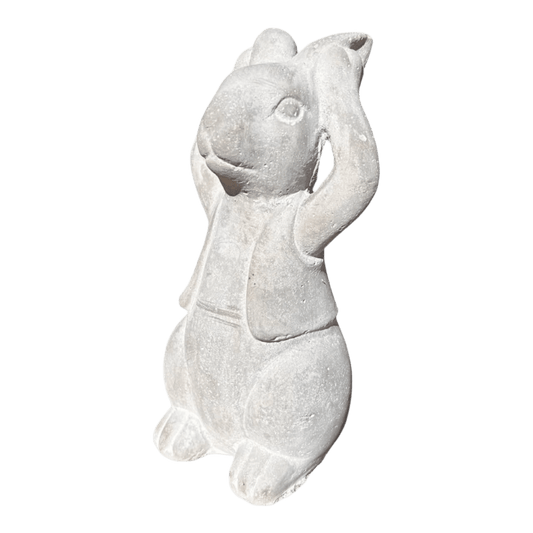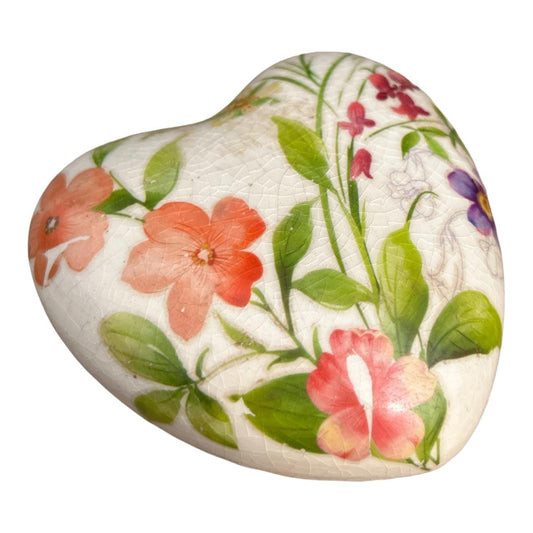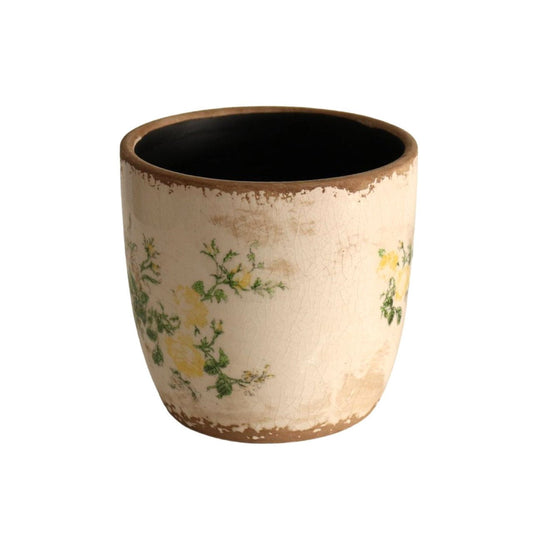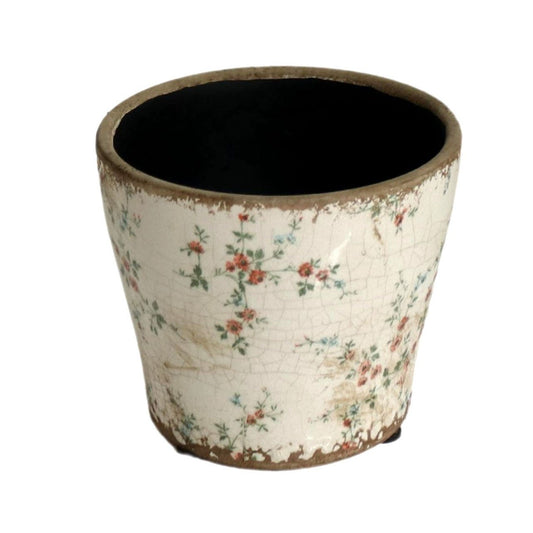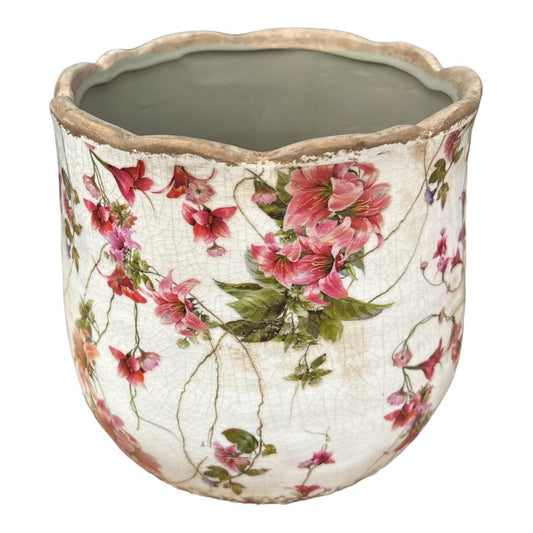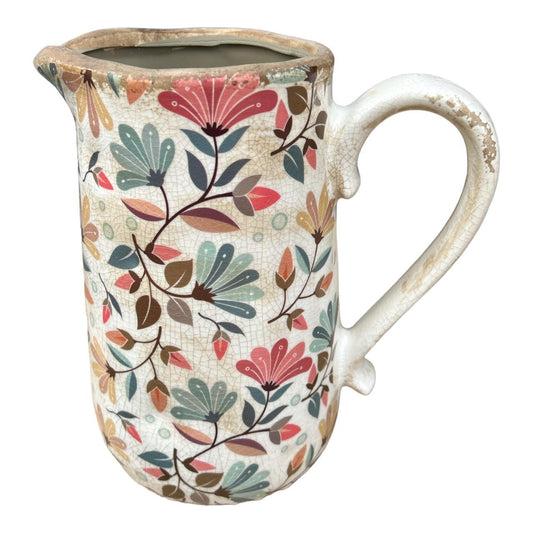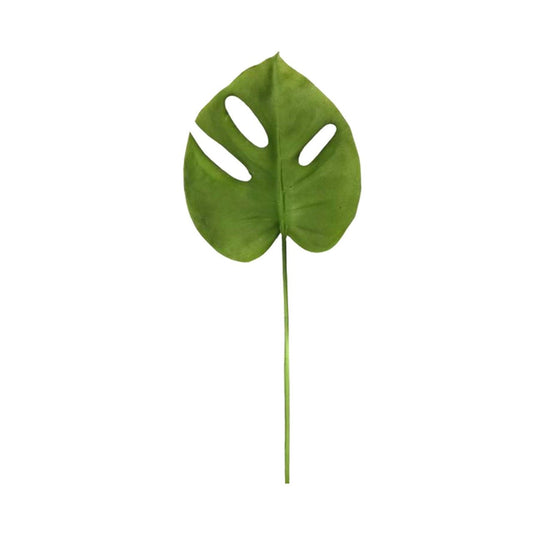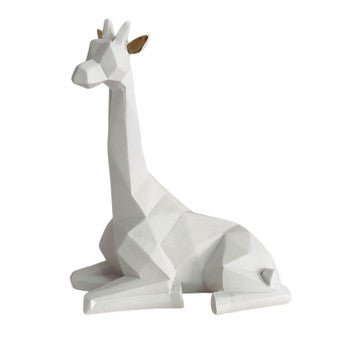
Perfect Guide to Using and Caring for Your Small Metal Teapot in South Africa
Whether it’s morning rooibos in Cape Town or an evening chamomile wind-down in Joburg, a small metal teapot has that timeless charm many South African homes appreciate. Compact yet statement-worthy, it’s become one of our favourite homeware pieces, blending form and function with ease. But with every stylish pour, comes the question: how do you care for and use your small metal teapot properly? Let’s unpack everything you need to know – plus a few practical décor pairings for that perfect tea-time corner in your home.
Key Takeaways
- Use a separate kettle for boiling—most small metal teapots aren’t stovetop safe.
- Clean using warm water, mild soap, and baking soda for any tea residue or stains.
- Dry immediately after washing to prevent rust and maintain shine.
- Opt for soft water when brewing — it enhances flavour and aroma.
- Ideal for 1–2 cups of tea, small teapots usually hold 150–266ml.
- Consider a model with a built-in infuser for hassle-free loose leaf enjoyment.
Why Choose a Small Metal Teapot?
Compact, stylish, and perfect for South African solo mornings or catchups by the veranda, small metal teapots tick a lot of boxes. Their heat-retention properties keep your brew warm longer than ceramic, and many designs suit both classic and contemporary settings.

Can I Heat It Directly on the Stove?
In short — no. Most small metal teapots, including ones found in our signature collection, are ornamental or for steeping after the boil, not for sitting directly on the stove flame. Use a kettle instead to boil water, then decant into your teapot for safe steeping.
How to Clean and Maintain Your Teapot Properly
Keep things simple: rinse with warm water and mild soap, and if stubborn stains occur, a touch of baking soda will gently lift residue. Always dry it immediately — air-drying risks rust due to our famously humid coastal climates.
A Durban-based customer says: “My metal teapot gets used daily — I just rinse it after every use and it’s still gleaming a year later!”
Style Tip: Teapots as Décor
Don’t just stash your teapot in a cabinet. Pair it with a rustic tray from our Home Trays Collection, a bunch of artificial tulips, and you've got a quaint focal piece.
“A small black iron teapot on my reclaimed wood shelf balances industrial with charm…it’s totally Pinterest-worthy!” – Joburg interior stylist
Which One's Right For You?
| Style | Material | Best Space |
|---|---|---|
| Classic Round Iron | Cast Metal | Traditional Kitchen, Rustic Display |
| Minimalist Brushed Steel | Food-Grade Stainless | Modern Apartment, Office Desk |
| Antique Inspired | Decorative Brass Alloy | Formal Lounge, Display Shelf |
Frequently Asked Questions
What is the best way to clean the inside of a small metal teapot?
Clean the inside with warm water and mild soap, avoiding harsh abrasives. For tea stains, gently rub with a small amount of baking soda to remove residue.
Can I use a small metal teapot on the stove?
Generally, small metal teapots are not designed for direct stovetop use. For heating water, use a separate kettle and then pour into the teapot for brewing.
Can I microwave my metal teapot?
No, metal teapots should not be used in the microwave as they can cause sparks and damage the appliance.
What’s the ideal size of a small metal teapot?
Small teapots typically range from about 5 to 9 ounces (150-266 ml), which is convenient for single servings or small portions.
Does it come with a tea infuser?
Some small metal teapots include built-in infusers, but if not, you can purchase a separate infuser to brew loose leaf tea efficiently.
How do I maintain the finish and avoid rust?
Rinse after each use, dry thoroughly to avoid rust, and avoid using abrasive cleaners. Store it in a dry place to preserve the metal finish.
How do I fix a loose or tight lid?
Check for small hooks or adjustment points around the lid rim and gently adjust them using a pointed but safe object, following manufacturer instructions.
What type of water should I use for brewing tea?
Use soft, lime-deficient water for the best flavor. Avoid water that has been boiled too long since oxygen helps absorb tea’s aroma and flavor.
